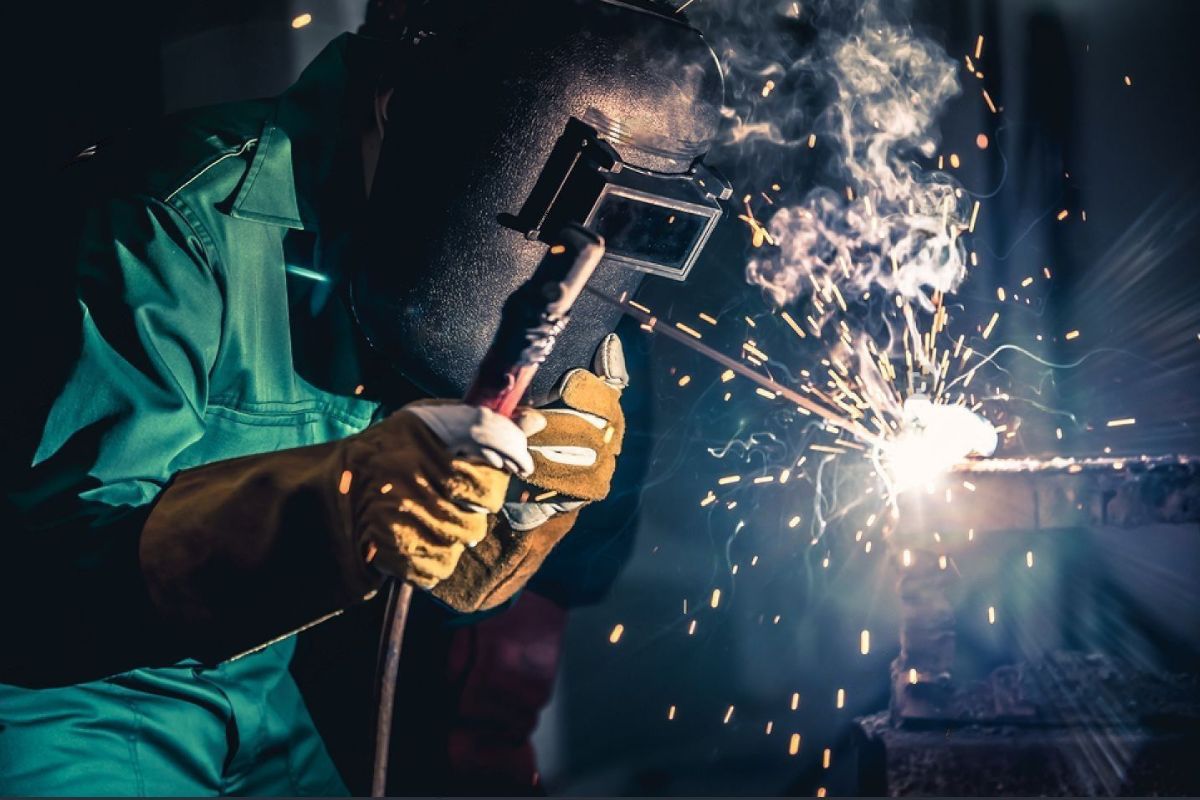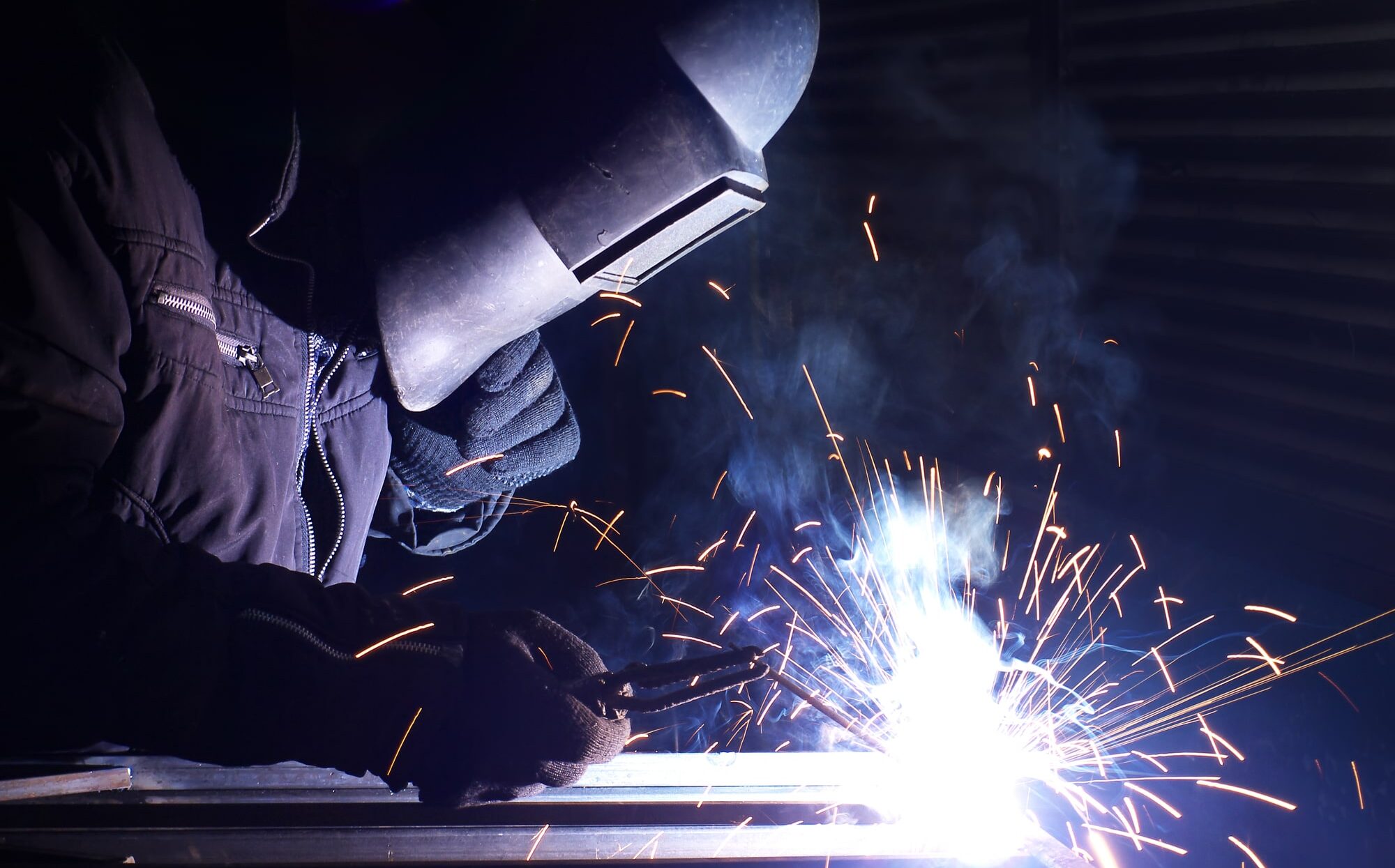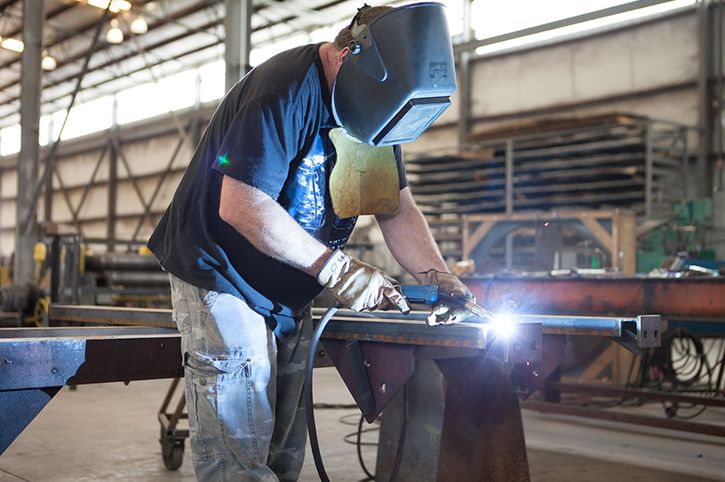Recognizing Welding WPS: Comprehensive Guide for Welders
Recognizing Welding WPS: Comprehensive Guide for Welders
Blog Article
The Ultimate Overview to Welding WPS Procedures: An Extensive Review for Welders
In the elaborate world of welding, Welding Procedure Specifications (WPS) serve as the backbone of ensuring high quality, uniformity, and security in welding procedures (welding WPS). As we dive right into the numerous components of a WPS and discover the complexities of certification and qualification, we will certainly uncover the essential function these treatments play in the world of welding.
Relevance of WPS Procedures
Comprehending the importance of Welding Treatment Requirements (WPS) procedures is important for making sure the quality and integrity of welded structures. WPS procedures act as a roadmap for welders, outlining the needed actions, specifications, and products required to attain a sound weld. By adhering to WPS guidelines, welders can guarantee uniformity in their job, resulting in reliable and structurally sound welds.
One of the key reasons why WPS procedures are crucial is their function in keeping weld high quality and stability. Following the defined welding specifications and techniques detailed in the WPS assists avoid problems such as porosity, breaking, or incomplete fusion, which can compromise the toughness and longevity of the weld.

Elements of a WPS
A Welding Treatment Specification (WPS) normally consists of necessary parts that detail the specific demands for executing a weld, making sure consistency and high quality in the welding procedure. The key elements of a WPS include essential variables such as base metals, filler steels, interpass and preheat temperatures, welding procedures, securing gases, welding placements, and post-weld warm treatment requirements.
Base metals refer to the products being signed up with, while filler metals are used to fill up the void in between the base steels throughout welding. The welding procedure details the specific method to be utilized, whether it's gas steel arc welding (GMAW), shielded metal arc welding (SMAW), or one more approach. Welding positions define the positionings in which welding can be done.

Qualification and Certification
Having established the vital parts of a Welding Treatment Requirements (WPS), the focus now shifts towards the important facets of certification and accreditation in welding techniques.

Certification, on the other hand, is the official acknowledgment of a welder's credentials by an appropriate certification body or organization. Welding accreditations are typically based upon the particular welding processes, materials, and Home Page placements a welder is certified to function with. Holding a legitimate welding accreditation shows that a welder satisfies sector requirements and is skilled to carry out welding tasks to the needed specifications.
Producing a WPS
To establish a Welding Treatment Specification (WPS) that fulfills sector criteria, cautious consideration of welding procedures, products, and operational parameters is necessary (welding WPS). The very first step in developing a WPS is to determine the welding process to be made use of, such as gas steel arc welding (GMAW) or shielded metal arc welding (SMAW) As soon as the welding procedure is figured out, the following important element is selecting the ideal materials, taking into consideration variables like base steel kind, density, and joint style. Operational criteria such as welding current, voltage, traveling rate, and protecting gas structure need to likewise be carefully defined in the WPS.

Applying and Keeping An Eye On WPS
Upon finalizing the detailed Welding Procedure Specification (WPS) that carefully information welding procedures, products, functional parameters, and quality guarantee measures, the emphasis moves to successfully carrying out and checking the recognized treatments. Application includes making certain that all welders associated with the project are acquainted with the WPS and follow it meticulously during the welding procedure. This needs supplying adequate training and supervision to assure adherence to the specified treatments. Monitoring the WPS involves constant oversight to confirm that welding tasks align with the recorded requirements. Evaluations, screening, and quality assurance measures are crucial parts of the surveillance process to explanation recognize any type of discrepancies or concerns immediately. Routine audits and evaluations of the welding treatments help in keeping uniformity and top quality throughout the job. Effective application and tracking of the WPS are critical for ensuring the integrity, toughness, and safety of the welded joints, ultimately adding to the general success of the welding job.
Conclusion
In verdict, understanding and adhering to Welding Treatment Specs (WPS) is vital for welders to guarantee top quality, consistency, and security in their job. By knowing the parts of a WPS, obtaining appropriate credentials and certifications, producing detailed treatments, and implementing and monitoring them efficiently, welders can enhance their skills and effectiveness Home Page in welding practices. Complying with WPS treatments is vital for generating high-grade welds and meeting industry requirements.
In the complex world of welding, Welding Treatment Specs (WPS) serve as the foundation of ensuring quality, uniformity, and safety in welding operations. The welding process outlines the certain technique to be utilized, whether it's gas metal arc welding (GMAW), secured steel arc welding (SMAW), or an additional method.To establish a Welding Treatment Requirements (WPS) that fulfills market criteria, cautious factor to consider of welding procedures, products, and functional parameters is important. The first step in producing a WPS is to determine the welding procedure to be made use of, such as gas metal arc welding (GMAW) or shielded steel arc welding (SMAW)Upon completing the detailed Welding Procedure Requirements (WPS) that thoroughly information welding processes, materials, operational criteria, and high quality guarantee steps, the focus changes to effectively carrying out and monitoring the well-known treatments.
Report this page